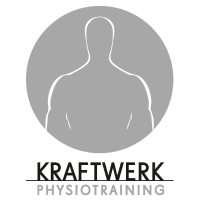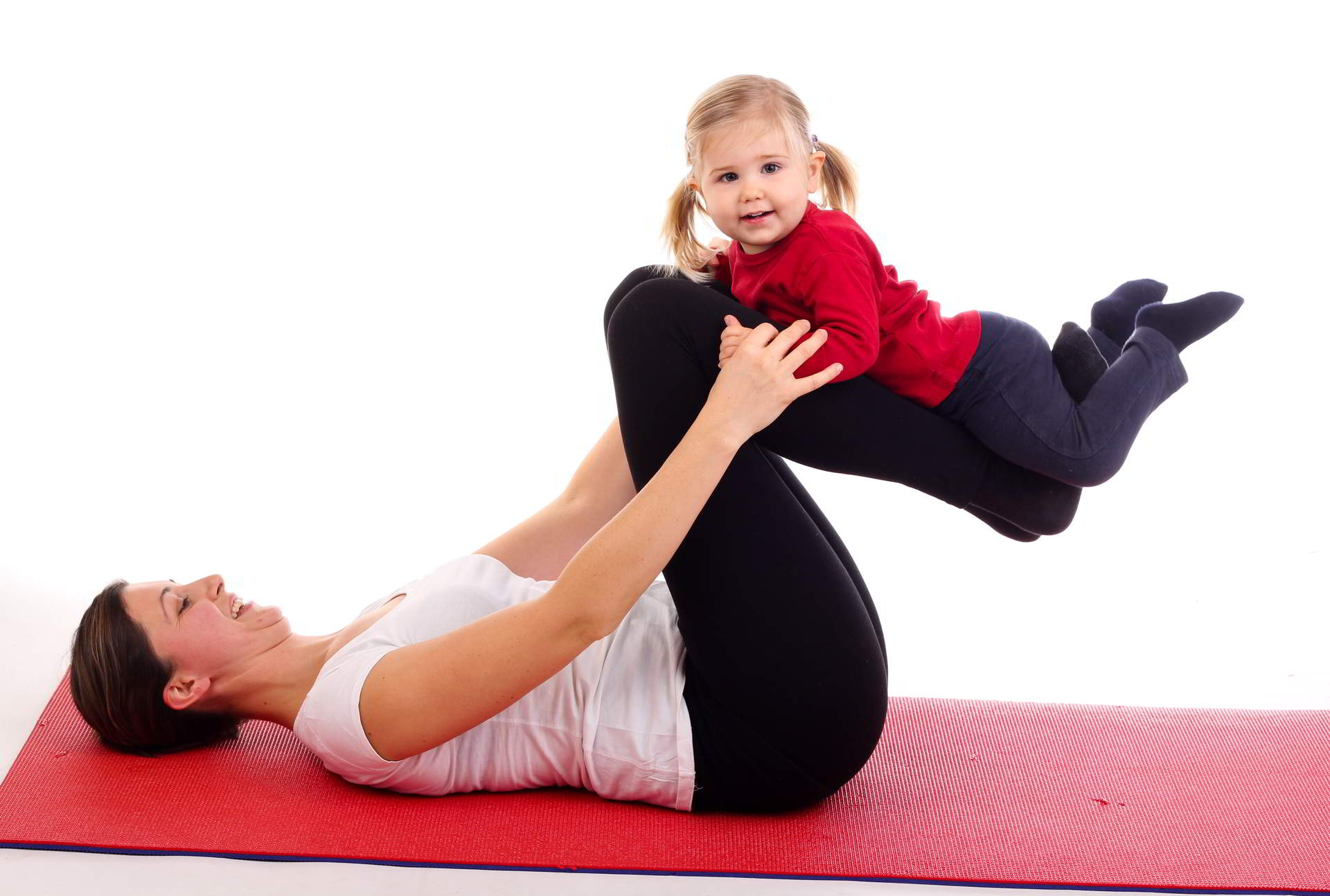Postnatal gymnastics
Postnatal Gymnastics
Regular postnatal exercises will strengthen your pelvic floor after the birth of your child.
Postnatal exercise - strengthening the pelvic floor and reducing incontinence
The joy is great: your baby is here! But unfortunately, do you still feel like its pregnant? Don't panic, it's normal. Your belly will be significantly reduced and you are 5-7 kilos lighter immediately after the birth, but it will take a little time to get back to your old figure. With postnatal gymnastics, you can gently strengthen your pelvic floor and muscles. At the beginning it is especially important that you give yourself time and not overwhelm your body.
The body starts to regress itself immediately after birth. The weight and girth of the uterus are considerably reduced in the first few days and weeks, which you will certainly feel from time to time in the form of after-pains. The skin and abdominal muscles are overstretched and therefore still quite slack, the pelvic floor is also weak and needs to be specifically strengthened. Gentle but efficient postnatal exercise will help you strengthen these areas. Furthermore, postnatal exercise can reduce the risk of long-term effects such as uterine subsidence and incontinence. However, you should definitely not do sports that strain the pelvic floor in the first three months. These include jogging, tennis, volleyball and aerobics, for example.
When should you start postnatal exercise?
The muscle fibers of the pelvic floor are severely overstretched at birth. Postgraduate gymnastics should only be started when this area has healed completely and is free of pain. Before starting postnatal exercise, you should definitely consult your gynecologist. Whether it's natural delivery or a caesarean section, you should only do very gentle exercises for the first six to eight weeks. Then you are welcome to begin postnatal exercise or yoga in the power plant.
Medical history and training plan
Before we can work out a training plan with you, we ensure that your complaints are resolved. To do this, we analyze your physical condition (strength, endurance, flexibility, coordination, balance) and also your goals and wishes. We incorporate medical findings and, if necessary, consult with your specialists. The more precise our analyzes are, the more targeted your individual training can be.
About us
Kraftwerk Berlin offers holistic personal training and physiotherapy in the heart of Berlin-Mitte. Get professional help from certified personal trainers and experienced physical therapists.
Start your journey to a happier and healthier life with us today!
YOU'LL FIND US HERE
Kraftwerk Physiotraining Berlin
Studio 1
Rosa-Luxemburg-Straße 7
10178 Berlin
Studio 2
Chausseestrasse 105
10115 Berlin
Öffnungszeiten:
Mo. - So. 07:00 - 22:00
PUBLIC TRANSPORTATION
S-Bahn: S5, S7, S75
U-Bahn: U2, U5, U8
Tram: M2, M4, M5, M6, M8
Bus: 100, 200, TXL M48
Regionalbahn: RE1, RE2, RE7
YOU'LL FIND US HERE
Kraftwerk Physiotraining Berlin
Studio 1
Rosa-Luxemburg-Straße 7
10178 Berlin
Studio 2
Chausseestraße 105
10115 Berlin
Öffnungszeiten:
Mo. - So. 07:00 - 22:00
About us
Kraftwerk Berlin offers holistic personal training and physiotherapy in the heart of Berlin-Mitte. Get professional help from certified personal trainers and experienced physical therapists.
Start your journey to a happier and healthier life with us today!
PUBLIC TRANSPORTATION
S-Bahn: S5, S7, S75
U-Bahn: U2, U5, U8
Tram: M2, M4, M5, M6, M8
Bus: 100, 200, TXL M48
Regionalbahn: RE1, RE2, RE7
All rights reserved | Kraftwerk Physiotraining Berlin | Web design by Marketing4KMU



